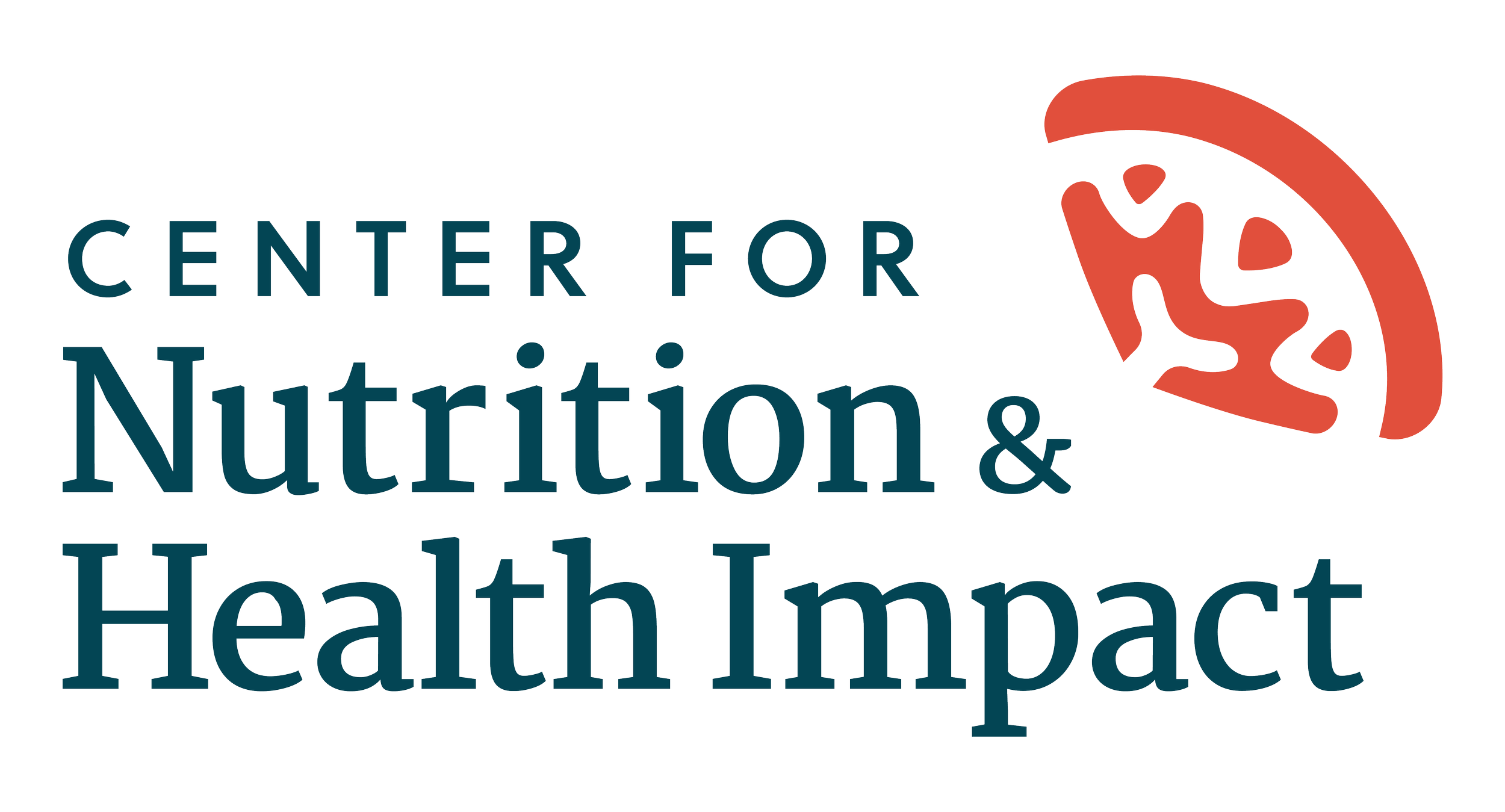October 2023 Nutrition Notes
October 2023 Nutrition Notes
------- + -------
A Message from our Executive Director
Last September, I had the honor of attending the White House Conference on Hunger, Nutrition, and Health in Washington, DC. This was a monumental event as it had been over 50 years since the last conference.
To coincide with this event, the Biden-Harris Administration released their National Strategy on Hunger, Nutrition, and Health outlining solutions to end hunger, increase healthy eating and physical activity, and decrease diet-related diseases by 2030.
Pictured above: Executive Director Amy Yaroch and Second Gentleman Douglas Emhoff at the 2022 White House Conference on Hunger, Nutrition, and Health.
To achieve this goal, the National Strategy identifies objectives centered on five pillars:
One year into the National Strategy, I’ve been reflecting on how the landscape of public health policy and nutrition programs has evolved since the White House Conference which has crossed over many of the five pillars including:
November 2022: GusNIP Funding - The U.S. Department of Agriculture (USDA) announced an investment of $59.4 million to support the Gus Schumacher Nutrition Incentive Program’s (GusNIP) produce prescription and nutrition incentive programs.
December 2022: Food as Medicine – The Senate Agriculture Subcommittee on Food and Nutrition, Specialty Crops, Organics and Research held a hearing on the importance of integrating Food as Medicine interventions into healthcare to decrease diet-related diseases, advance health equity and improve access to nutritious foods within communities that are marginalized.
February 2023: School Meals - The Biden-Harris Administration proposed updated school meal nutrition standards that would increase the availability of and access to school meals that are low in sodium and added sugars and high in whole grains.
March 2023: WIC Modernization - USDA’s Food and Nutrition Service (FNS) has begun modernizing federal nutrition programs that support nutrition security for children and families, including the Special Supplemental Nutrition Program for Women, Infants, and Children (WIC). Recent WIC modernization efforts include prioritizing outreach, improving the shopping experience, investing in the workforce and updating technology tools and service delivery.
July 2023: SNAP – U.S. Senator Cory Booker (D-N.J.) and U.S. Representative Lisa Blunt Rochester (D-DE) introduced the Opt for Health with the Supplemental Nutrition Assistance Program (OH SNAP), Close the Fruit and Vegetable Gap Act of 2023 bill, which aims to strengthen and expand GusNIP by boosting funding to $3.5 billion over the five years of the 2023 Farm Bill. This legislation would dramatically scale up the reach of nutrition incentives to benefit more people who utilize SNAP, as well as more local farmers and more local economies.
At the Center for Nutrition and Health Impact (formerly the Gretchen Swanson Center for Nutrition), we remain deeply committed to supporting the National Strategy and working on aspects related to the various pillars, including:
“Since 2019, we have led the GusNIP Nutrition Incentive Program Training, Technical Assistance, Evaluation, and Information (NTAE) Center which helps strengthen nutrition incentive and produce prescription projects to increase the purchase and consumption of fruits and vegetables. ”
“
In 2022, we partnered with the Food Research & Action Center (FRAC), UnidosUS and the Native American Agriculture Fund (NAAF) on the WIC Community Innovation and Outreach (WIC CIAO) Project to increase WIC awareness, participation and redemption of benefits, and to reduce disparities in program delivery. ”
“In 2023, the Chef Ann Foundation (CAF) and USDA FNS signed a cooperative agreement as part of the Healthy Meals Incentives Initiative to build a sub-grant program that will incentivize innovative partnerships between school districts, food producers, suppliers, distributors and community partners. Alongside CAF, USDA FNS, Kitchen Sync Strategies and the National Farm to School Network, the Center is ensuring these sub-grants will strengthen the availability of and access to nutritious, healthy foods in K-12 school food marketplaces. ”
While it’s too early to determine the overall success and long-term impact of the Biden-Harris Administration’s National Strategy, we’ve seen meaningful achievements already. It has inspired major regional and national organizations to pledge over $8 billion in commitments with bold and innovative goals to end hunger and reduce diet-related diseases by 2030. These contributions show the tremendous impact that is possible when leaders in government, business, philanthropy and academia come together with a shared goal.



